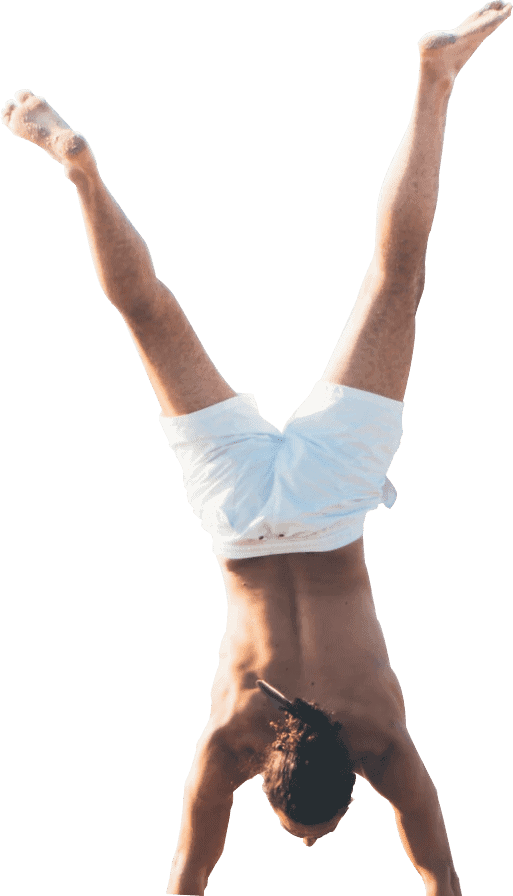By Caitlin McPhee
Physiotherapist at Life Ready Physio + Pilates Perth CBD
________________________________________________________________________
Pilates is one of many treatment modalities that can be used to help conditions such as:
- Lower back pain
- Pre/post-operative rehabilitation
- Neck and shoulder pain
- Neurological conditions
- Work related injuries
- Pre/post natal
Pilates can be done using equipment such as a reformer, trapeze table, Wunda Chair or just on a mat.
If you are interested in feeling the benefits of Pilates, try these simple exercises at home.
- Neutral Pelvis
Lying on your back with knees bent and feet resting on the floor. Tuck your tailbone under and feel the flattening of your lower back on the ground, this is called posterior pelvic tilt. Reverse this movement and start to arch into your lower back, this is called anterior pelvic tilt. Now, find the middle which is your neutral pelvis. This is the position of the pelvis where the hip points and the pubic bone are in the same plane. It is in this position that we can most optimally activate through our deep stabilising muscles such as pelvic floor and transversus abdominus.
- Single leg floats
Maintaining neutral pelvis, exhale to draw your right leg up to tabletop (90 degree angle at hip and knee) engaging in to your deep abdominals and pelvic floor simultaneously. Inhale to return the leg to the floor.
- Articulating bridge
Starting from neutral, tucking tailbone under to flatten lower back in to the floor. Scoop belly in to spine and start to peel up through your spine and lift your hips in to the air until there is a long diagonal line from your knee to your hip and to your shoulder. Try to maintain your tucked pelvis throughout your whole range!
- Sidelying leg lift
Lying on your side, bottom knee bent to 45 degrees and top leg straight with your heel in line with your bottom. Squeeze in to the side of the glute as your leg lifts up approximately 10cm above hip height. Try to maintain pelvic position throughout range.
- 4pt kneeling arm and leg extensions
On hands and knees, make sure knees are under hips and hands underneath shoulders. As you breathe out, engage your core and start to reach one hand forward. As you inhale return the hand back to the floor and then switch to the other side.
The same for the legs, exhaling to extend one leg behind your hips, squeezing from the lower glute and keeping the hips square and not letting them drop off to the side.
For an extra challenge, alternate with opposite hand and opposite leg!
